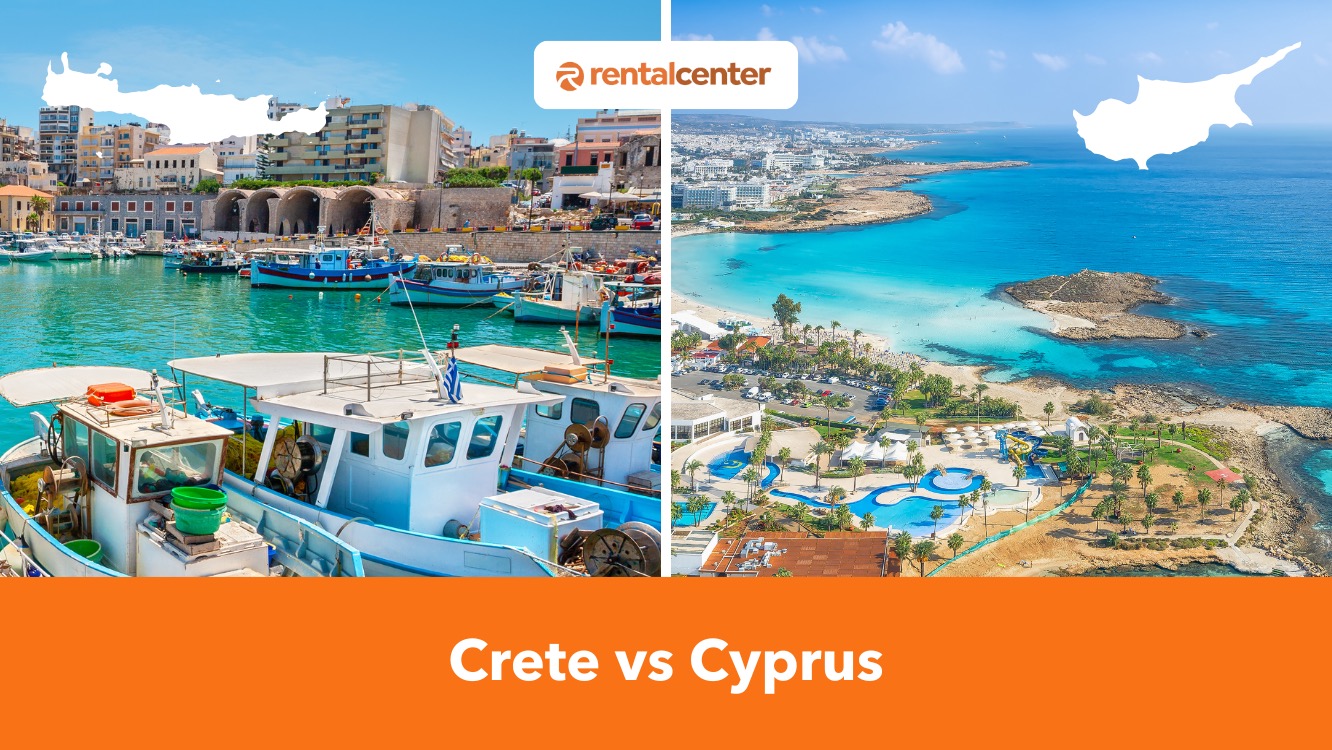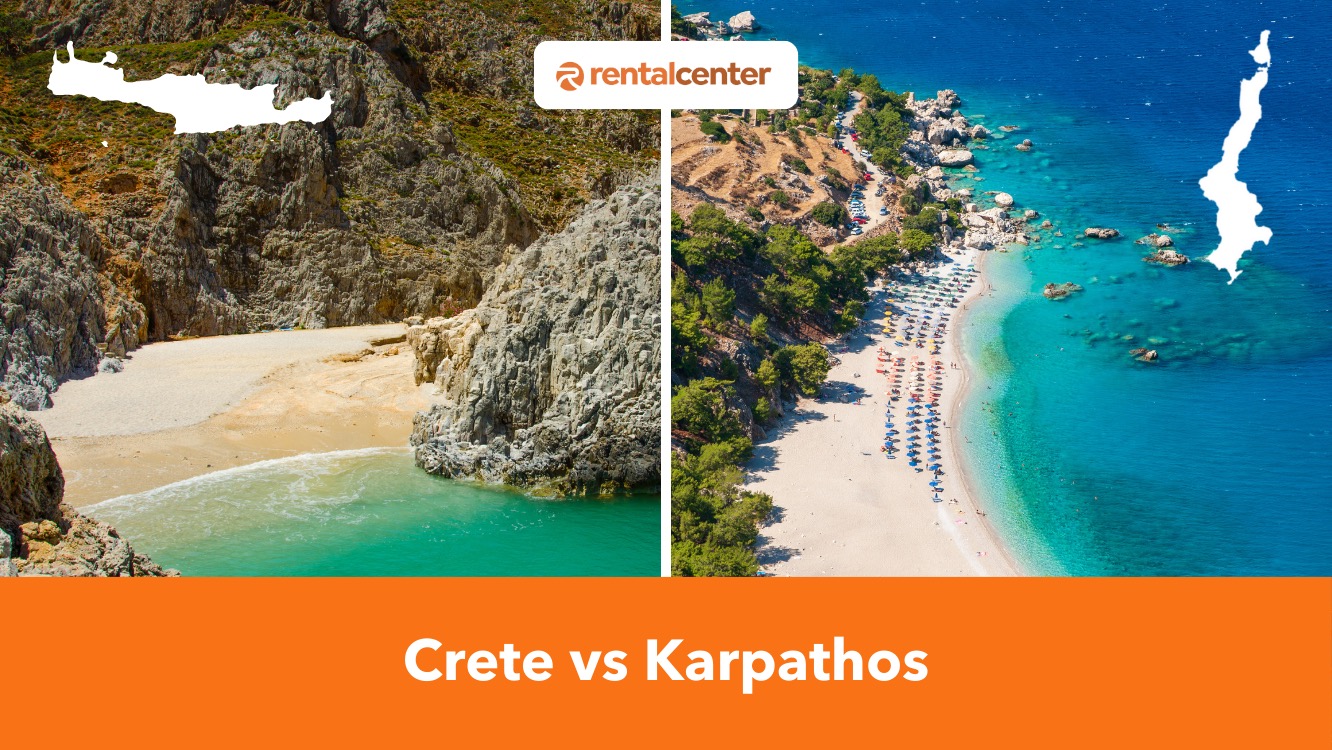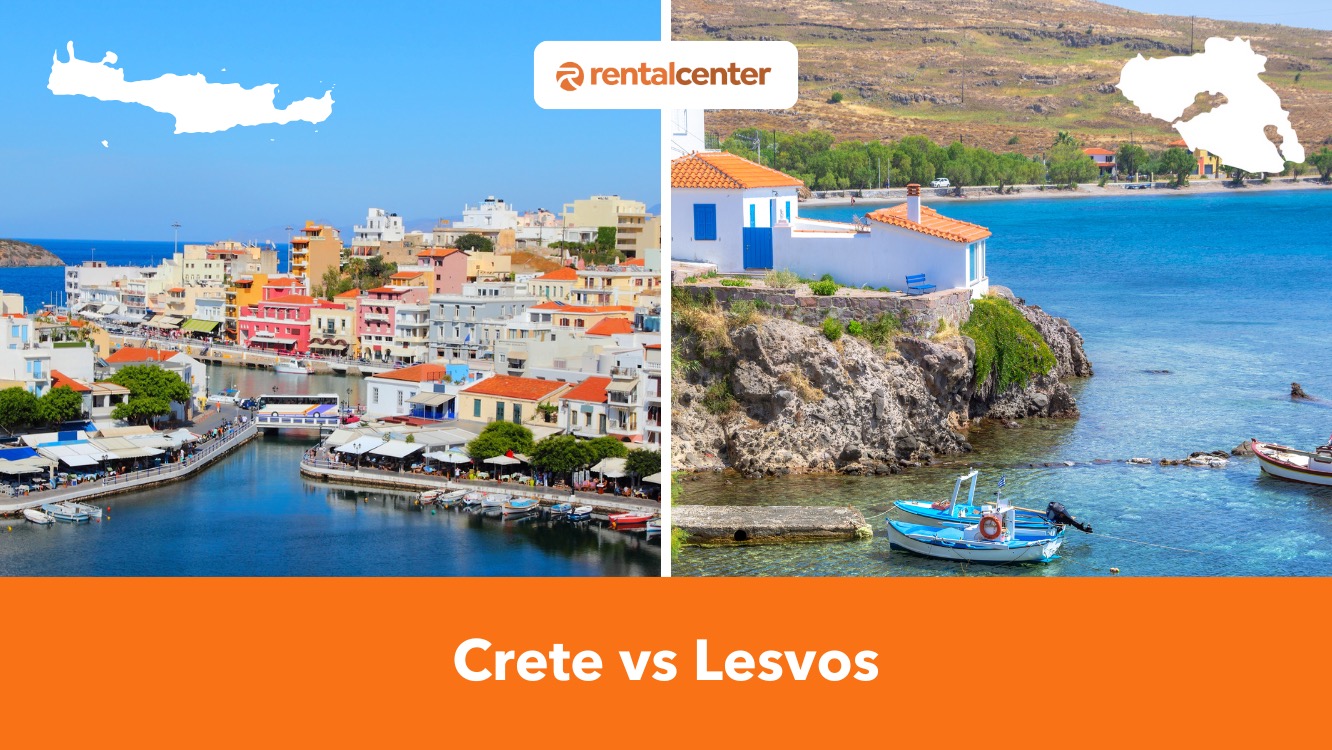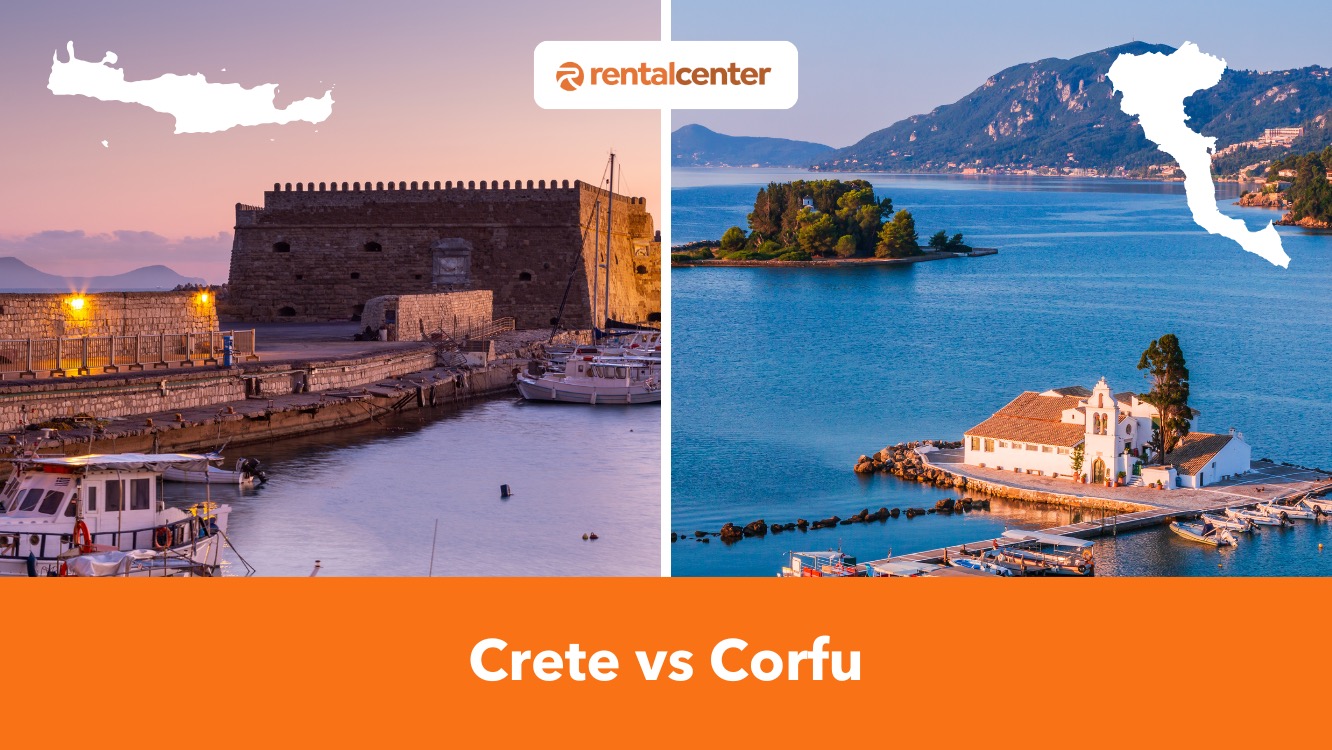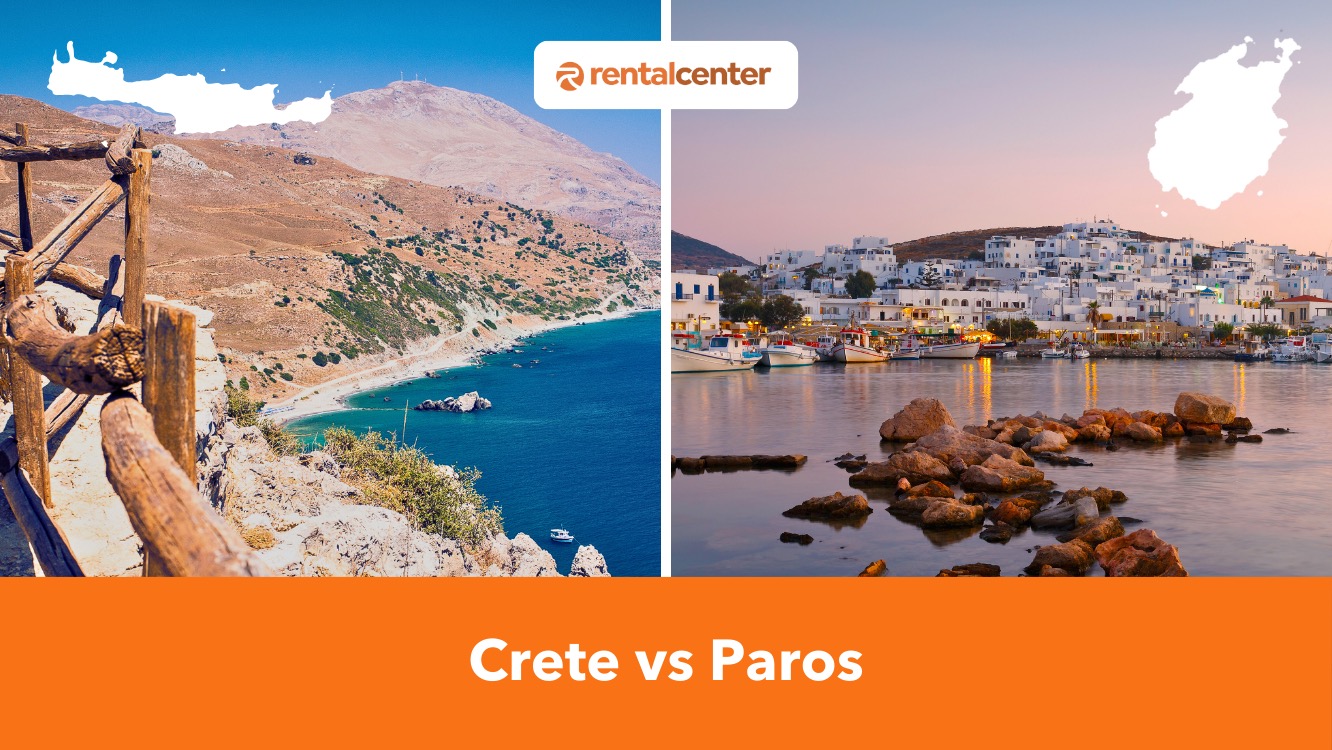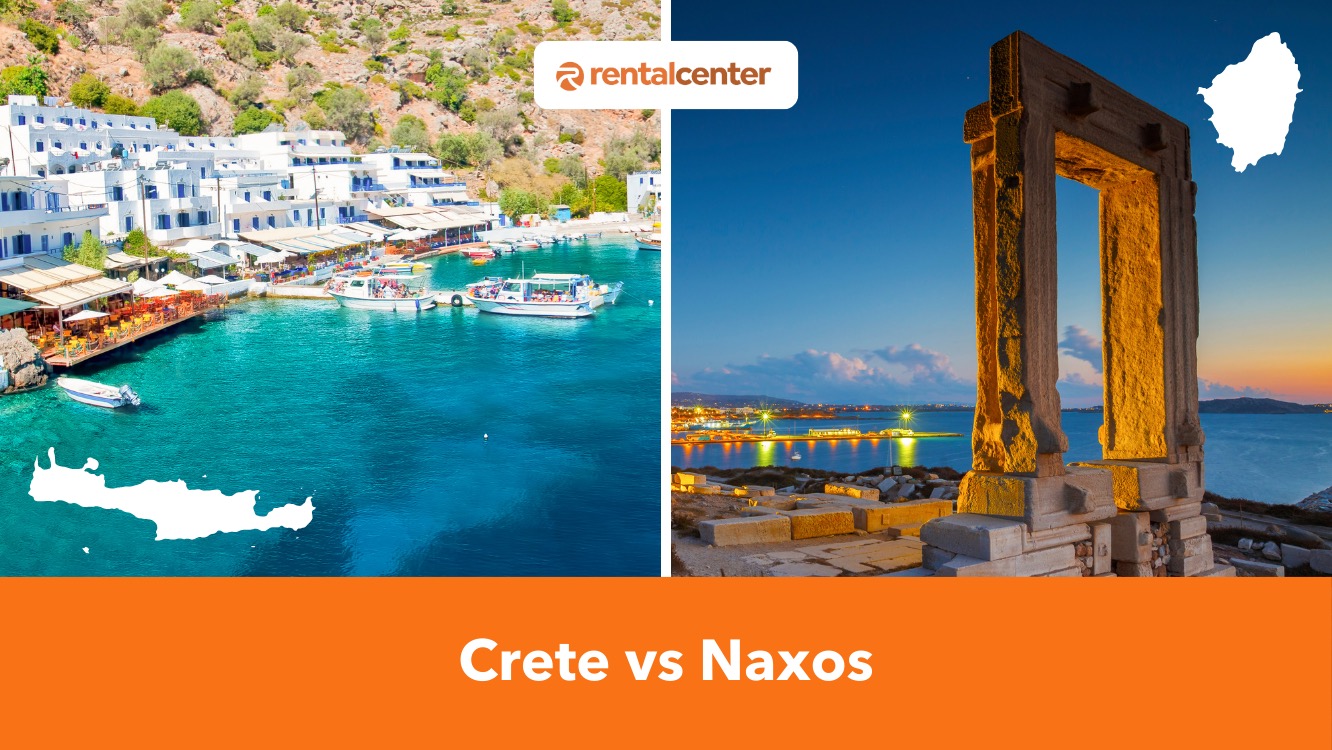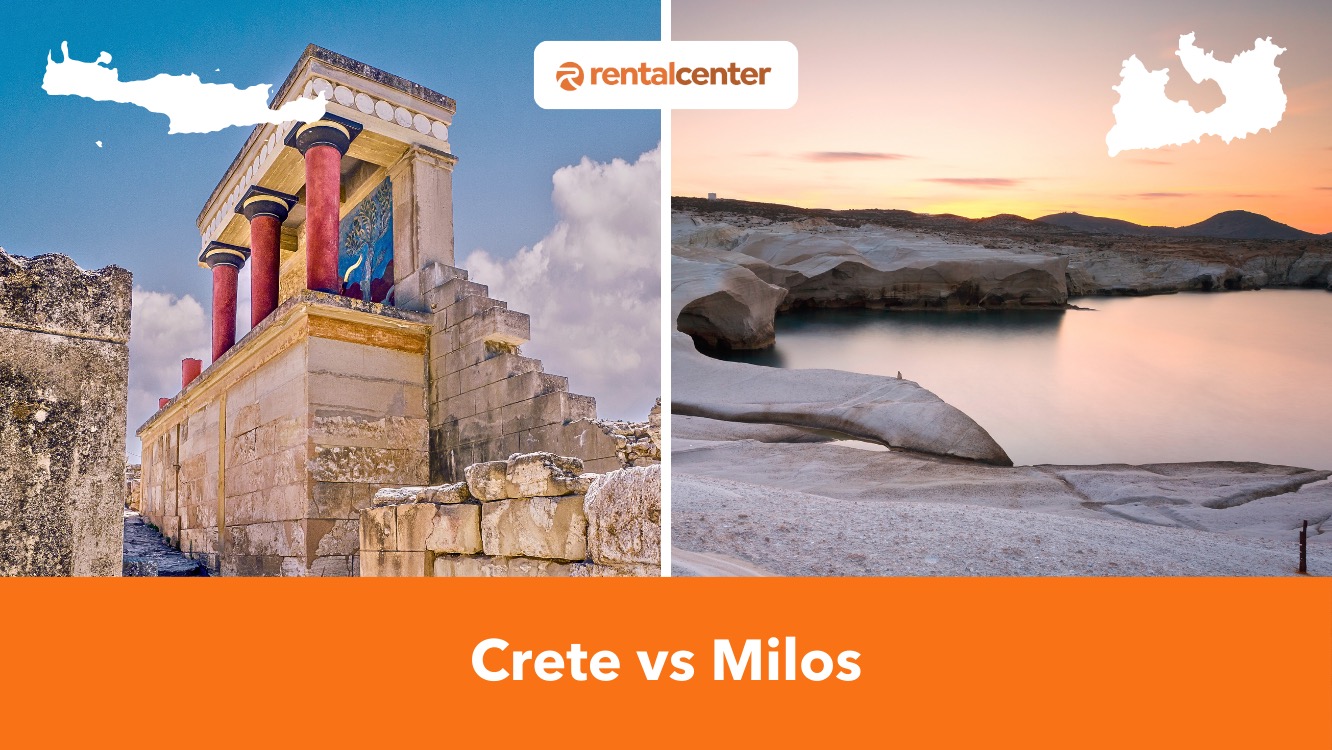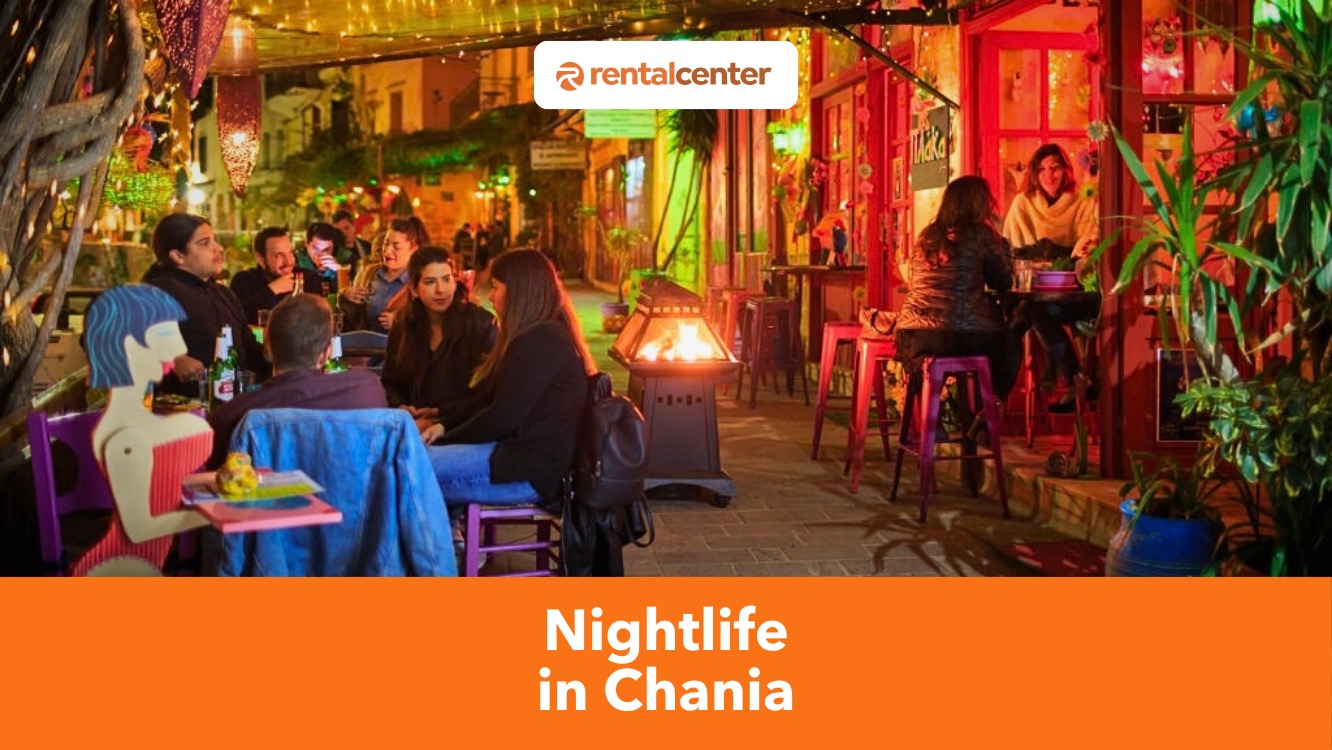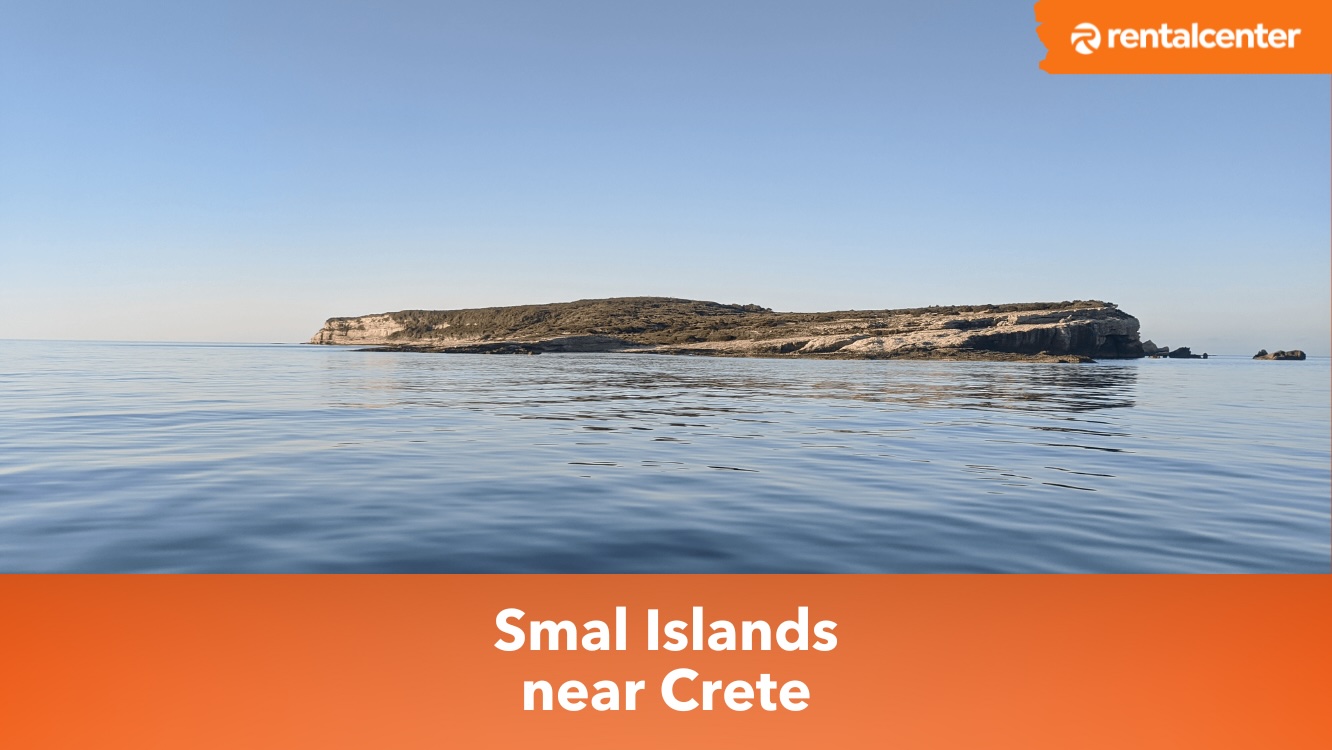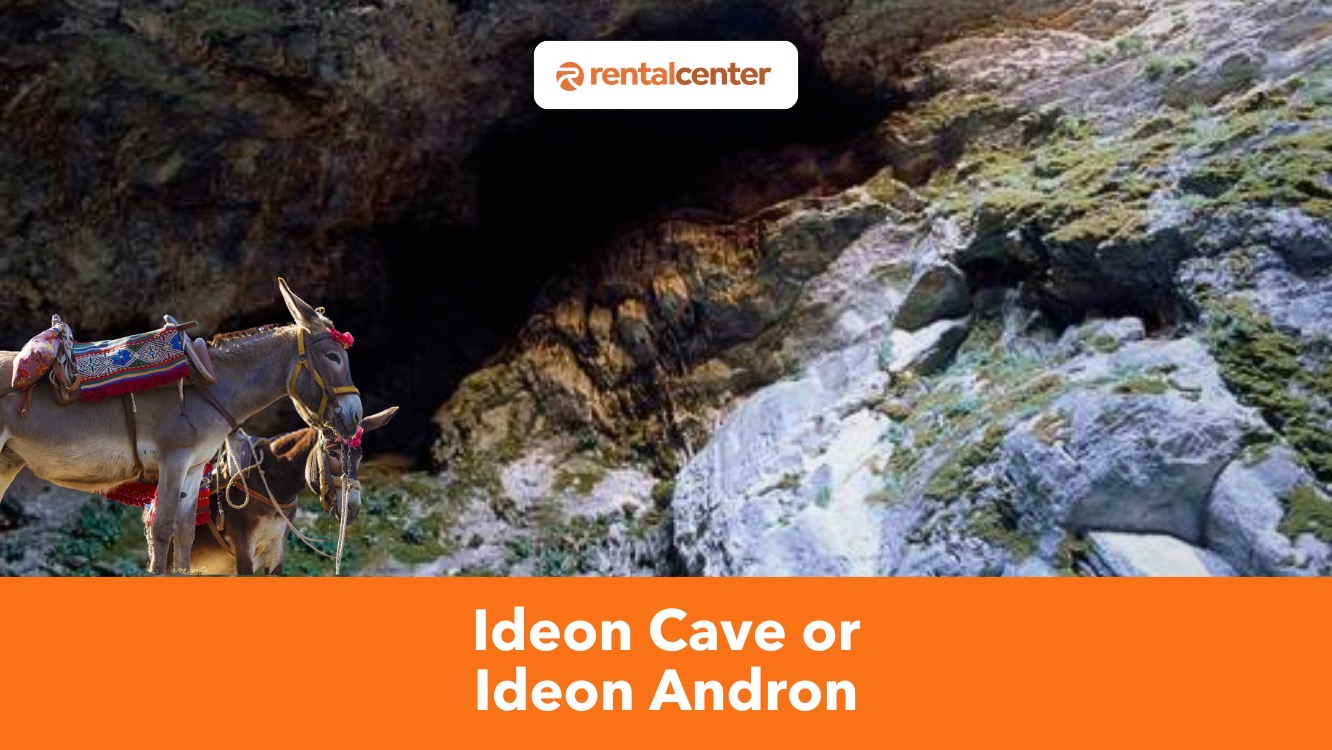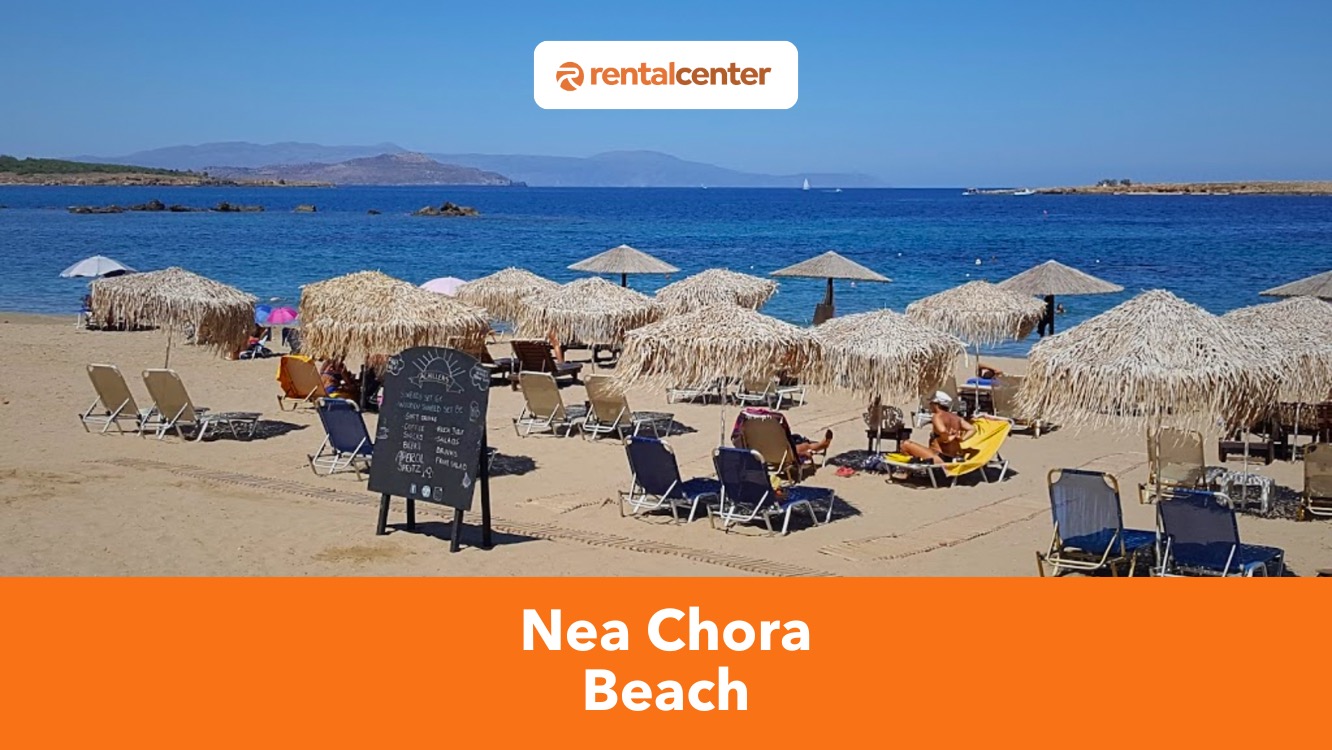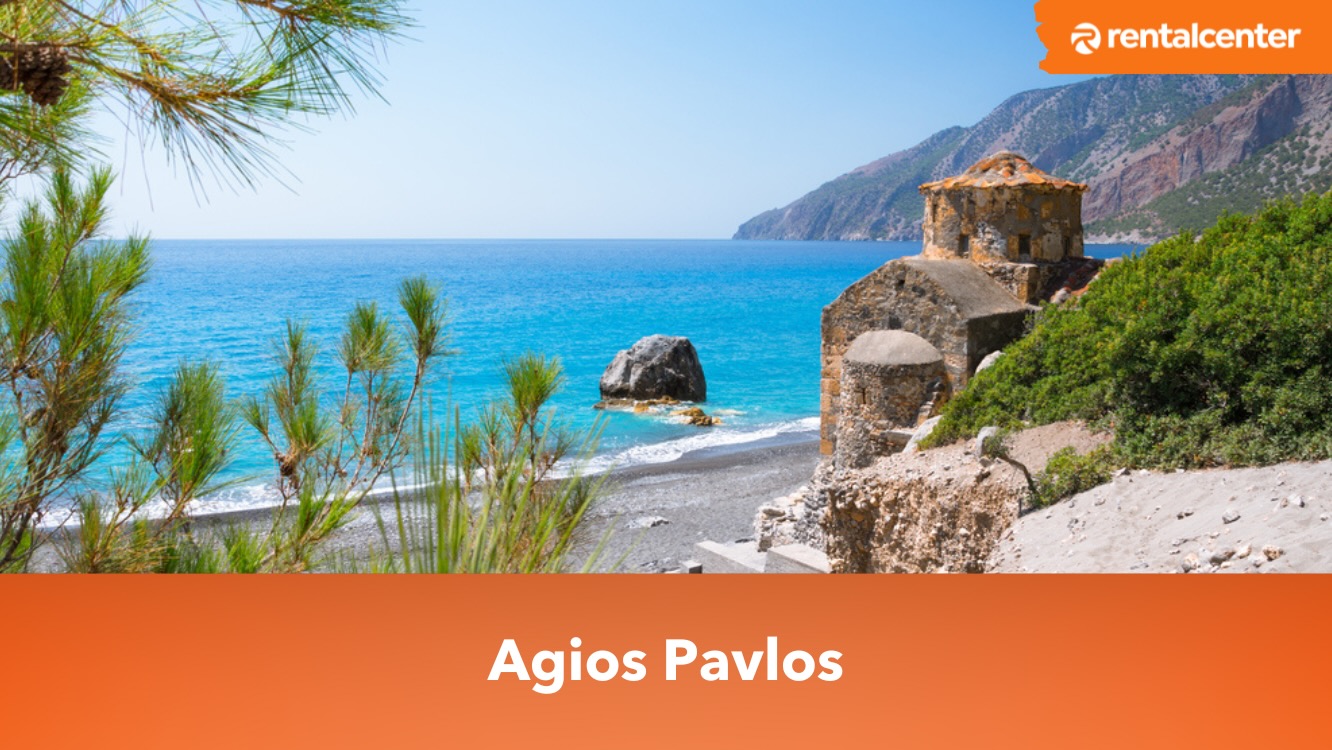Crete or Cyprus: Which One to Choose for summer vacation?
Travellers who plan to travel to the two islands, Crete and Cyprus, definitely choose either of the two because both provide unique and varied locations for special events. Some people have questions in mind about Cyprus or Crete. Crete is the largest of the Greek islands and is recognised for its amazing location, making it a popular wedding and honeymoon destination. There are historic sites to visit, lovely beaches to relax on, and traditional cuisine to sample. Cyprus is a beautiful Mediterranean island and a popular destination for weddings because of its charming landscapes and dynamic culture.
Listis Beach (Bandit’s beach): All You Need To Know By Locals
Listis Beach is a seaside destination in Crete, located 64.3 kilometers (39.9 miles) southeast of Heraklion. Listis is cherished for its golden sand, turquoise waters, and striking rock formations, offering a remote escape from Crete’s busier destinations. The beach is accessible via a short dirt road, with nearby parking available.
Crete or Karpathos: Which One is Best for You?
Crete combines diverse landscapes, historical sites, and lively cities, attracting visitors interested in culture, nightlife, and activities. Karpathos offers untouched nature, traditional villages, and quiet beaches, appealing to those seeking relaxation and authenticity. Crete caters to adventure and exploration, while Karpathos provides a peaceful retreat.
Crete or Lesvos: Which One is Best for You?
Crete and Lesvos (also called Mytilene), two Greek islands in the Aegean Sea, offer different experiences for visitors. Crete is better for special occasions due to its larger size, diverse landscapes, historical sites, and well-developed tourism infrastructure. The island provides various settings for weddings, birthdays, and anniversaries, catering to different preferences.
Crete or Corfu: Which Greek Island to Choose?
Choosing between Crete and Corfu (also known as Kerkyra) presents a challenge for holiday destinations. Crete, Greece's largest island, features varied scenery, rich history, and vibrant culture. Crete is ideal for travelers seeking a broader range of activities, including visiting historical monuments or trekking the Samaria Gorge.Corfu, part of the Ionian Islands, is located in the Ionian Sea. Corfu offers impressive beaches, charming villages, and notable buildings for exploration, ideal for relaxation. The cuisine and architecture of Corfu feature a fusion of Greek and Italian elements.
Crete or Paros: Which One is Best for You?
Crete and Paros offer unique experiences when it comes to celebrating special occasions. Crete, with its rich history and cultural heritage, Crete provides an ideal setting for exploring ancient ruins like the Palace of Knossos and attending local festivals that showcase traditional music, dance, and cuisine. Paros is a romantic destination perfect for couples celebrating milestones like honeymoons or anniversaries, with its villages, secluded beaches, and active nightlife. Crete is the largest island in Greece, while Paros is significantly smaller.
Crete or Naxos: Which Greek Island is Best for You?
Crete is an ideal destination for celebrating special occasions like weddings, anniversaries, or romantic getaways. The island's beautiful beaches, such as Balos and Elafonisi, provide a backdrop for these events. Naxos is perfect for family vacations or group trips with its laid-back atmosphere and family-friendly beaches like Agios Prokopios and Plaka. Crete is larger than Naxos, making it the largest island in Greece. Naxos is the largest island in the Cyclades group but much smaller than Crete. This size difference means Crete offers more diverse landscapes and experiences, while Naxos provides a more intimate and relaxed island experience.
Crete or Milos: Which Greek Island is Best for You?
Crete and Milos offer unique experiences catered to different travel preferences for travellers in Greece. Crete is larger and more developed, a better option for celebrating special occasions like weddings, anniversaries or large family gatherings. Crete can accommodate groups and provide a memorable setting for milestone events with its well-established tourism infrastructure, diverse accommodation options, and various activities and attractions. Milos is smaller and has untouched natural landscapes, which are best for intimate occasions like honeymoons or romantic getaways.
Crete or Santorini: Which Greek Island is Best for You?
Crete is the largest Greek island, located in the southern Aegean Sea. It has a mountainous interior and beaches along its coastline. Santorini is part of the Cyclades island group and is known for its dramatic cliffs, volcanic landscape, and stunning views.
Chania Nightlife Tips: What to do in Chania at night?
Chania offers a diverse nightlife scene catering to various preferences, from peaceful evening strolls to energetic dance clubs. The historic Old Venetian Harbor serves as a central nightlife hub where visitors can dine at waterfront tavernas, enjoy street performances, walk to the Egyptian Lighthouse, and admire illuminated historic buildings.
12 Small Islands to Visit Around Crete
Crete acts as an ideal hub for exploring nearby islands and destinations. Several islands near Crete boast unspoiled beaches, rocky coastlines, and biodiversity, making them perfect for nature lovers. These islands provide opportunities for snorkeling, hiking, and peaceful relaxation in pristine settings. Many of these areas are protected under Natura 2000 programs, preserving their ecological importance and ensuring a unique experience for visitors seeking natural beauty.
Potamos Beach: All You Need To Know By Locals!
Potamos Beach is located 3 kilometers (1.86 miles) east of Malia on Crete’s northern coast, and provides a quieter alternative to Malia Beach. The beach's golden sands allow for sunbathing and walking, while the gentle, see-through waters are excellent for swimming and aquatic adventures.
Oldest and Best Taverns in Crete
Crete hosts some of the oldest taverns, offering authentic Cretan cuisine and modern culinary techniques. The best tavernas in Crete emphasize traditional flavors, exceptional hospitality, and accessibility to diverse dietary needs. Avli Restaurant blends architecture, innovative dishes, and an extensive wine selection. Tavern of Dounias in Drakona specializes in slow food and wood-fired traditional meals with mountain views. Kritamon Restaurant in Archanes highlights traditional recipes, while Kapsaliana Village Hotel Restaurant offers refined dining in olive groves. Many of these tavernas accommodate vegan, vegetarian, and gluten-free diets. Reservations are often essential due to their popularity.
The Battle of Crete: Facts, Combatants, Resistance, Casualties & Memorials
The Battle of Crete, a pivotal chapter in World War II, encapsulates the courage and resilience of Allied forces, Cretan civilians, and German paratroopers. The conflict, often referred to as the "Battle for Crete," unfolded between May 20 and June 1, 1941, beginning with Germany's airborne invasion at Maleme airfield. This marked the first large-scale use of paratroopers in combat, a tactic that caused significant casualties on both sides. German forces secured the island, despite fierce resistance from Crete's defenders, including the Allied CreForce and local civilians wielding improvised weapons. The intense fighting delayed Germany's broader war plans, including Operation Barbarossa, impacting the strategic timeline of World War II. Today, the legacy of the "Cretan Battle" lives on through various memorials and events honoring those who fought, making Crete history a continuing testament to the bravery displayed during this critical encounter.
Driving Violations in Greece: Traffic, Parking and Speeding Tickets
Parking fines in Greece can be settled through post offices, banks, e-banking, or Taxisnet, with a standard fine of €80, reduced by 50% if paid within 10 days. Non-payment may result in license plate removal, blacklisting, visa complications, or imprisonment.
Is Crete Gay friendly? Discover Crete’s LGBTQ social attitude!
Crete is a welcoming and gay-friendly destination that combines its history, landscapes, and inclusive culture, offering an unforgettable experience for LGBTQ travelers. Crete has an open-minded atmosphere that is reflected in its warm hospitality, LGBTQ+ scene, and diverse offerings across cities like Heraklion and Chania.
Ideon Cave (Idaean): All you need to know by Locals!
The Ideon Cave (Ideon Andron), also called the Idaean Cave, Idaion Antron, or Cave of Ida, is a historical and mythological site located on the Psiloritis Mountain (Nida), the tallest mountain in Crete, Greece. Locals sometimes refer to it as Spiliara tis Voskopoulas (Cave of the Shepherdess) or Arkession Andron (Cave of Aid).
Minotaur and Minoan Labyrinth: Story, Facts, Life and Death
The Minotaur, a creature from Greek mythology, was a half-human, half-bull monster born from the union of Queen Pasiphae of Crete and a divine bull sent by Poseidon. The unnatural birth was a punishment from Poseidon after King Minos of Crete defied the god by refusing to sacrifice the bull.
Nea Chora Beach: All you need to know by Locals
Nea Chora Beach offers a family-friendly environment with shallow waters and organized facilities. Nea Chora Beach provides sunbeds, umbrellas, showers, and snack bars for visitor convenience. Nea Chora Beach lies close to the Venetian Harbor, allowing access by foot or car. Nea Chora Beach displays calm waters ideal for swimming and various water sports. Nea Chora Beach exhibits warm water temperatures from June to September, starting at 23 ℃ (73 ℉) in June and reaching 28.6 ℃ (83.5 ℉) in July.
Agios Pavlos Beach: A Secluded Cretan Coastal Paradise Beach
Agios Pavlos Beach is a remote coastal destination on the southern coast of Crete. It features a small bay with clear green waters, rocky capes, and a rocky seabed. The beach is known for its unique geological formations called the Apoplystra Folds, created over millions of years. Nearby, there's St. Paul's Chapel, believed to have housed the saint on his journey to Rome. Alatsogremni Beach, to the west, offers a quieter alternative with sand dunes and rocky formations, great for snorkeling. The best time to visit is from April to mid-November to avoid extreme summer heat. Agios Pavlos Beach's preservation is due to its remote location and strict construction regulations. Nearby attractions include Cape Melissa, Alatsogremni Beach, and Saint Anthony Monastery. To get to Agios Pavlos Beach, you can drive from cities like Rethymno, but renting a car is recommended for convenience.








